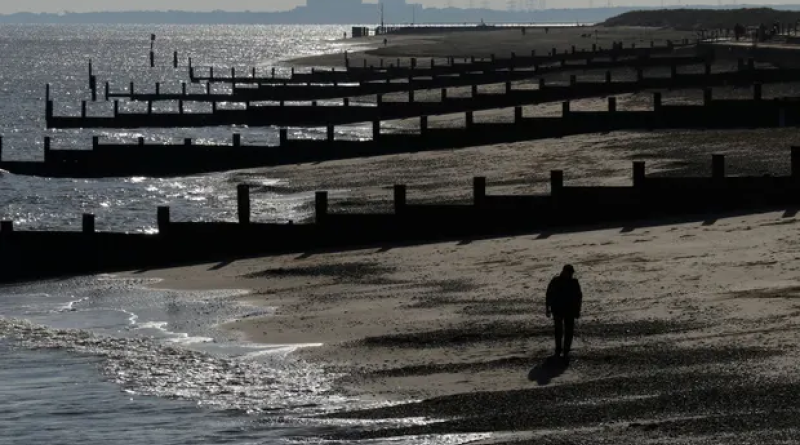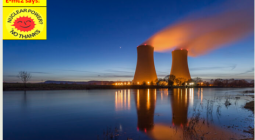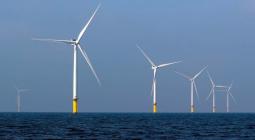Nuclear power is back in the game, but remains a distant prospect for UK

The industry has been in steady decline but some believe the war in Ukraine makes the case for revival of energy technology.
Compared to some of his pet projects – the bridge across the Irish Sea or a floating airport in the Thames – Boris Johnson’s plan to get 25% of UK electricity from nuclear power plants by 2050 isn’t all that fanciful.
The same mark was reached within living memory, after the commissioning of Sizewell B in 1995.
If the climate crisis weren’t reason enough, Russia’s invasion of Ukraine has crystallised the case for any energy technology that allows us to eschew fossil fuels supplied by foreign despots.
This week, the prime minister is expected to outline his plan to make the UK more energy self-sufficient, with nuclear likely to be a key component. Charging at full pelt towards a nuclear future is far from straightforward, though, if history is anything to go by.
Even when the UK did produce a quarter of its electricity from nukes, the journey there was long and bumpy. Sizewell B was hooked up to the national grid in 1995, but it was first announced in 1969, with spades only breaking ground in 1986.
More recently, the industry has been in steady decline. Since that mid-90s peak, capacity has fallen from nearly 13GW to 6.8GW, about 16-18% of the electricity mix.
Hunterston B retired this year, Hinkley Point B bows out this summer and by the time Hartlepool I and Heysham I come off grid in 2024, nuclear capacity will have fallen to a paltry 3.6GW, a mere 5-6% of what you’d need at 6pm on a cold weekday in winter.
Hinkley Point C is due to recoup 3.2GW of lost ground but only by 2027, assuming no fresh delays. It is not nearly enough to get close to Johnson’s target.
That will require the successful execution of nearly every nuclear project to have been mooted in recent years, including some that have struggled to get going so far. It would probably mean extending the life of Sizewell B and giving the go-ahead for Sizewell C, which stalled when the government got cold feet about Chinese involvement.
Wylfa on Anglesey, paused after Japanese firm Hitachi pulled out in 2020 citing lack of government investment, would need to be thrown into the mix. Factor in, too, Rolls-Royce’s “mini-nuke” small reactors, which have state backing but carry the risk of novelty. Some of the GE Hitachi partnership’s own small reactors might need to be included too.
All of that gets you to about 15GW, likely to fall below 25% of demand in 2050, once you consider that the drive towards net zero will involve significant electrification, of home heating and vehicles, in order to decarbonise.
Some in the nuclear industry are daring to breathe the names of semi-mythical locations such as Oldbury and Moorside, where large-scale nuclear projects were abandoned but could be raised from their slumber.
The government, previously cordial but cool towards nuclear, appears to be warming to such ideas, minds focused by sky-high fossil fuel prices. As Tom Greatrex, chief executive of the Nuclear Industry Association, says: “It has reminded people why a significant reliance on something traded internationally [oil and gas] isn’t a good place to be.”
There are fences to jump. Financing problems have put paid to major projects in the past. The Treasury still hasn’t rubber-stamped proposals for a regulated asset base (RAB) funding model, which could spur private investment by transferring some of the risk of multibillion-pound projects to the taxpayer.
The UK must also resolve the “taxonomy” issue, already sorted in the EU, which determines whether nuclear is suitable for investment funds using environmental and social criteria. There is also a question mark over the number of skilled engineers available, particularly if the nuclear push is replicated across Europe.
But George Borovas, head of the nuclear practice at global law firm Hunton Andrew’s Kurth, believes the UK is among the best-placed countries in the world to go nuclear.
“The UK has done the preliminary work, it’s done the site evaluation, it has a sophisticated regulator, good heavy industry and an existing fleet. I’ve always thought the UK was a great place for new nuclear.”
Author: Rob Davies
Photograph: Russell Boyce






